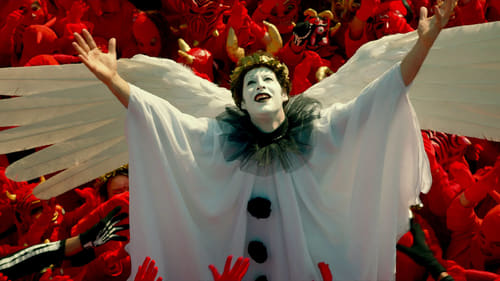
Maria Lefevre, tarot reader
Юный Алехандро переезжает в Чили, где находит свое призвание и становится поэтом. Здесь он освобождается ото всех оков, от своей семьи, от наставлений отца. Знакомится с молодыми поэтами и обретает музу.

The last part of the Carolyn Carlson cycle. Last look. Oversight. Irreversible erasure. The song is immersed. Blinded.

Portrait. She dances in the center of her area. Obscure to the look. She abandons us to her limit. Turn. Count the chips. Conjugate. Turn on yourself, in a blind echo. Cross the already deserted space.

The first part of the Carolyn Carlson cycle. Between her and herself. Three images of the dance are repeated, come up against opacities that do not let themselves be crossed, are lost in transparencies from which there is no reflection. The sound describes their inevitable journey: this motionless movement.

In this spin-off from his original plan for Relativity (1966), Emshwiller continued with his desire to penetrate “space in a kind of flying camera, a dream of flying, a kind of sensual, sexual imagery where you were constantly going into an unknown space.” A trio of dancers (Carolyn Carlson, Emery Hermans, Bob Beswick) appear "first in leotards, then in bluejeans, then naked, as they “pass through rituals of movement.”

This independent underground feature films two dancers (Carolyn Carlson and Emery Hermans) in silhouettes and shadows. Other couples discuss their relationships and lives in a candid display of self revelation. Street dances and conversations combine in a collage of people and places in this black and white film.





